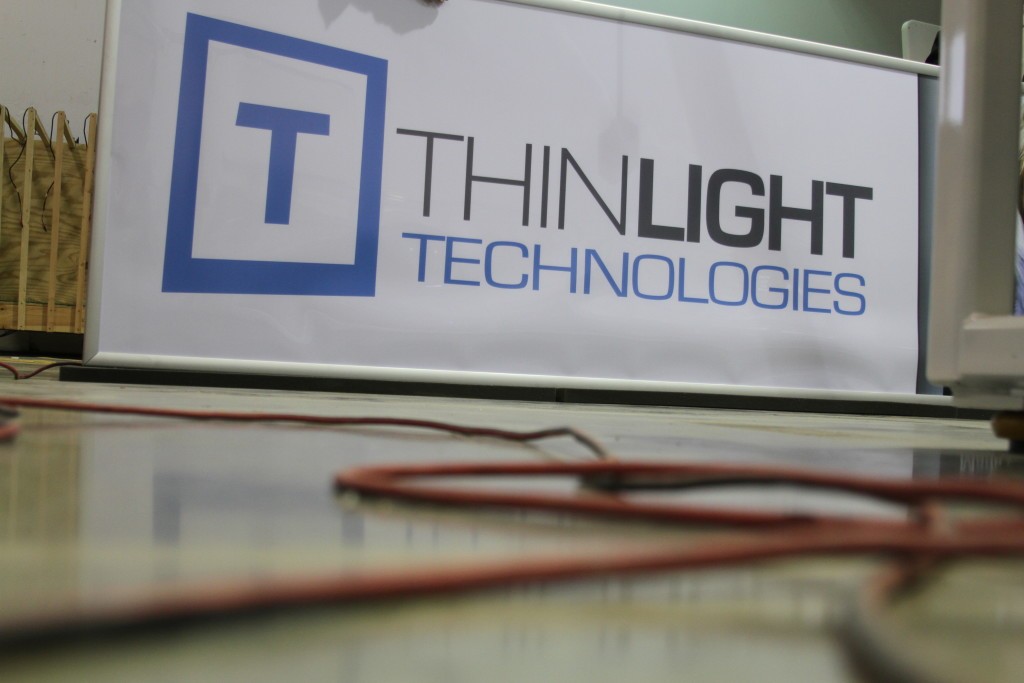
For lighting cities, performing construction work, and illuminating areas where lighting sources need to withstand tough environmental and weather conditions, professionals choose the stability and durability of LED lights.
There have been numerous news articles recently about cities switching from traditional incandescent, fluorescent and CFL lighting to LED lights. Especially for outdoor lighting, LED lights are becoming increasingly popular as LED technology continues to improve and the price per bulb continues to drop. More and more street lights, illuminated signs and outdoor lighting in public spaces are being lit by LED lights.
Durability of LED lights
Because of the strength and durability of LED light bulbs, they an ideal choice for rougher conditions. LED lights are a solid state lighting device and are much less likely to shatter if they are dropped or if they receive an external impact. They use a chip encapsulated in an epoxy resin rather than a filament or neon gas. Incandescent and florescent bulbs, on the other hand, both use fragile elements that are susceptible to breakage.
LED lights are resistant to vibrations, shock, and impact from external objects. Their durability makes them ideal for exposure to weather, wind, and rain. They are even strong enough to be a good choice when there is a concern of vandalism, traffic related impact or in construction sites.
LED lights also function without any variation in light output or reliability in both high and low-temperature conditions.
LED lights also are free of toxic chemicals that could be harmful to the environment. Another popular lighting option, compact fluorescent light bulb (CFLs), use mercury, a harmful chemical that must be disposed of properly.
Durability of LED lights in Thinlight products
Part of the structural integrity and lifespan of Thinlight’s products is due to the durability of LED lights that we use. Each LED light is made with sturdy components that have been proven to withstand even the roughest urban conditions.
Combined with the strong snap frames and polycarbonate cover, Thinlight light panels are durable enough to perform in high traffic areas.
We are so confident in the strength of our light panels that we offer a warranty on all of our products.
